Sainte Addresse: A Belgian Town in France
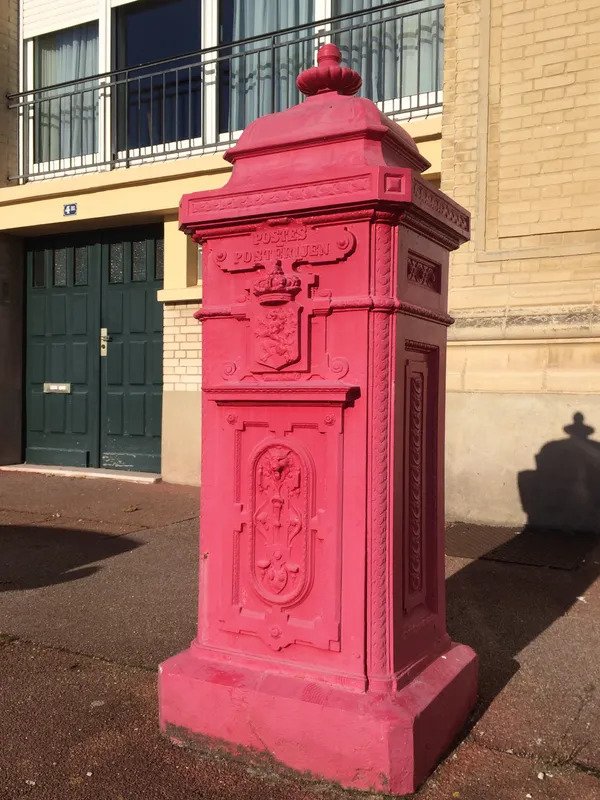
Today, Sainte Addresse is a small French town near the port city of Le Havre, but during WWI, it was the official capital of Belgium!
The German Invasion and Belgian Resistance
When the German armed forces invaded Belgium on the 4th of August 1914, they expected little resistance. Yet, the Belgian army and its fortifications ended up fighting fiercely and severely delayed and disrupted the Schlieffen Plan.
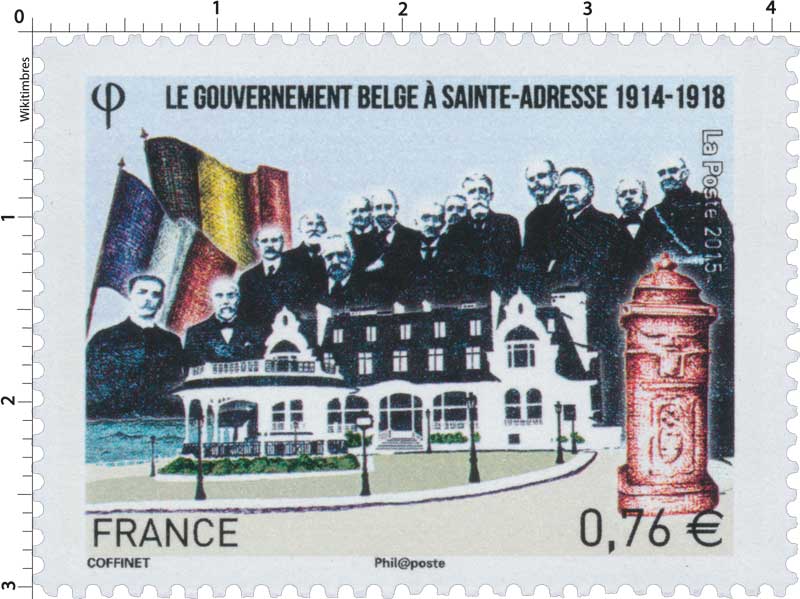
While German and Belgian troops fought in Liège, the Belgian government fled to the fortified city of Antwerp. However, by the 7th of October, Antwerp had to be evacuated and the government relocated to Oostend.
Relocation to Sainte Addresse
With Belgian troops retreating to the Yser river, the Belgian authorities had to resign themselves to exile. France, however, did not want this to happen. To this effect, the French authorities leased the town of Sainte Addresse to Belgium for the duration of the conflict. That way, the Belgian government was to be seen working on Belgian territory. Sainte Addresse was not too far from the Belgian front and was accessible by sea and by train. It was perfect!
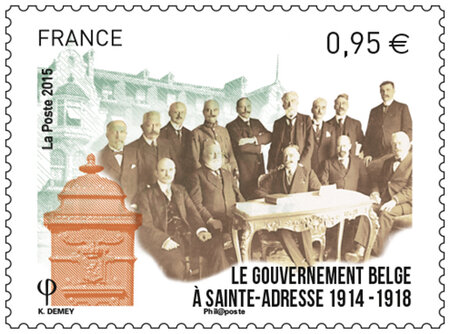
French Support and Transition
Belgian ministers, civil servants, and their families (2000 people in total) embarked on the Peter-de-Ceuninck ship and sailed from Oostend to Le Havre on the 7th of October 1914. French authorities did everything they could to accommodate their Belgian colleagues:
- Ministries set up at the Dufayel building / le Nice Havrais (hotel);
- Ministers and their families were moved to the Hostellerie (hotel);
- L’Hôtel des Régates was put at the disposal of foreign dignitaries and ambassadors.
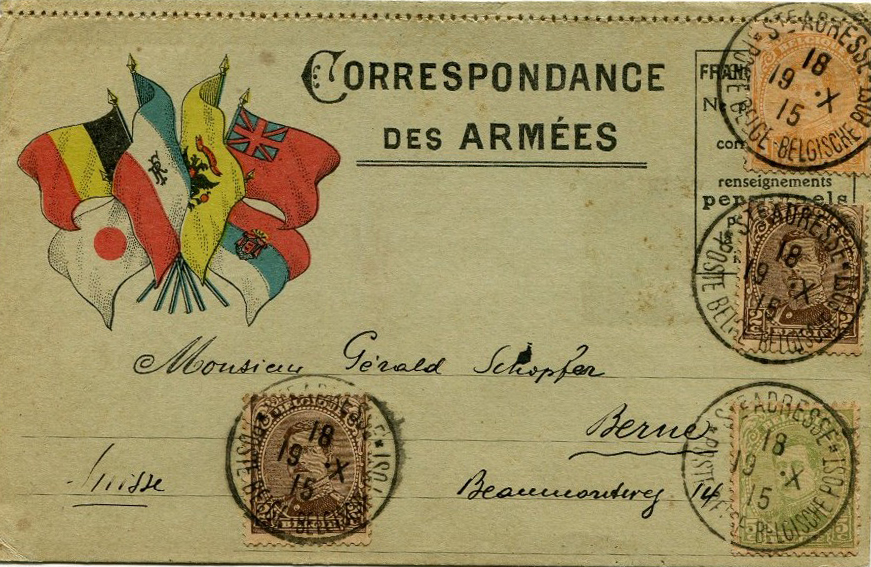
Sainte Addresse became overnight the administrative capital of Belgium! Over the next few months, 15,000 Belgian soldiers and 15,000 workers moved to Sainte Addresse. There was a Belgian school and a Belgian post office that minted Belgian stamps!
The Return to Brussels and Legacy
This French town remained the official capital of Belgium up until November 1918 when the government moved back to Brussels. Today, the Belgian flag features on the town’s coat of arms, and Belgian flags are still regularly flown in the town square. One can find a Belgian letterbox in front of the Dufayel building and there is also a statue of King Albert I to be found in town.
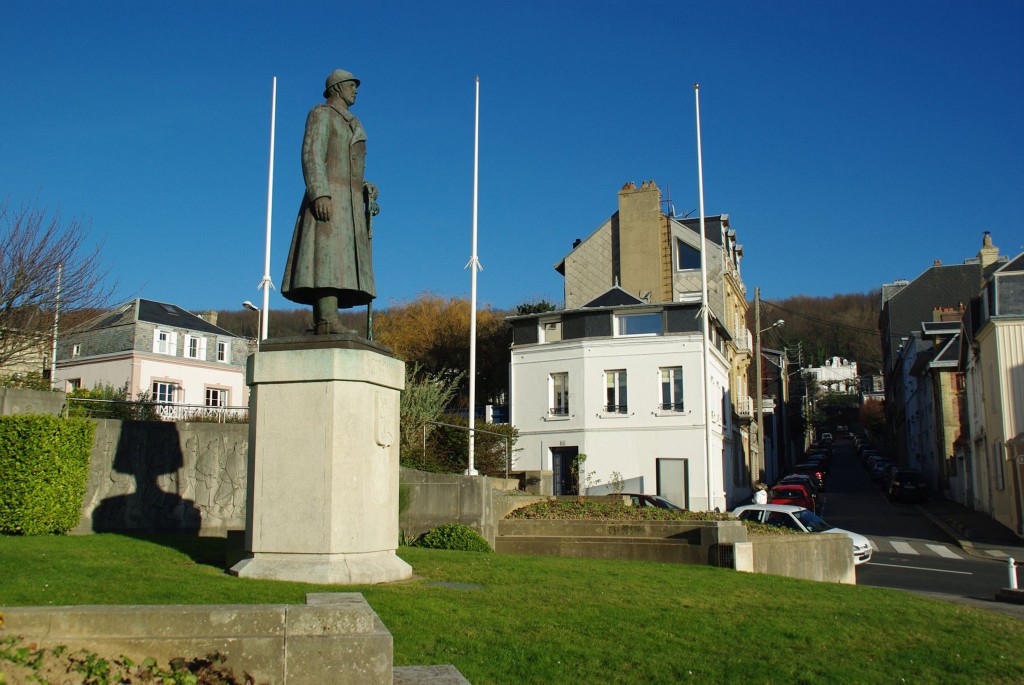
Unknown Story and Belgian Sentiment
Funnily enough, this story is not widely known in Belgium: The Belgian population did not take kindly to the fact its government went abroad while Albert I, the Belgian King, remained with its troops in Belgium behind the Yser positions (The Queen worked in a field hospital)!

-RBM










